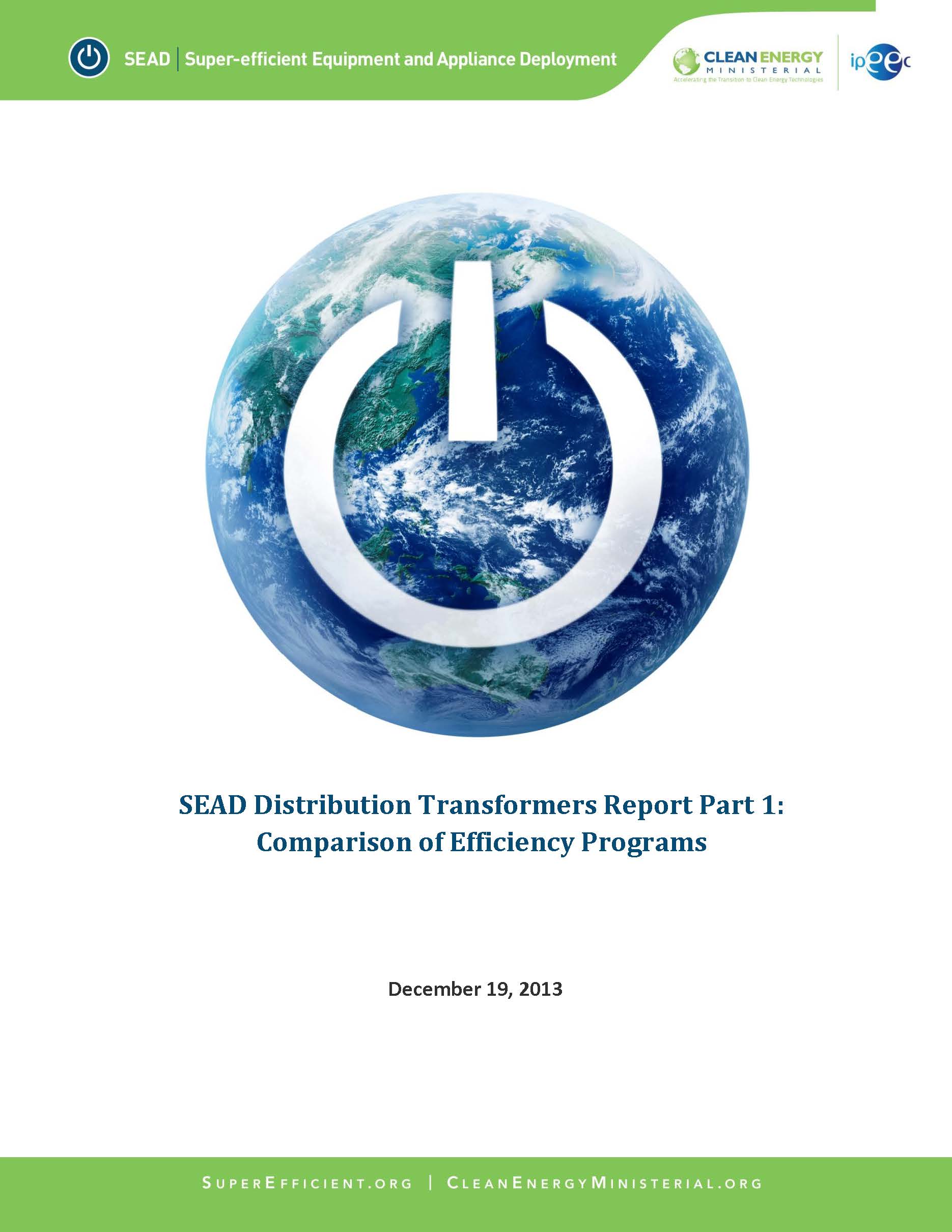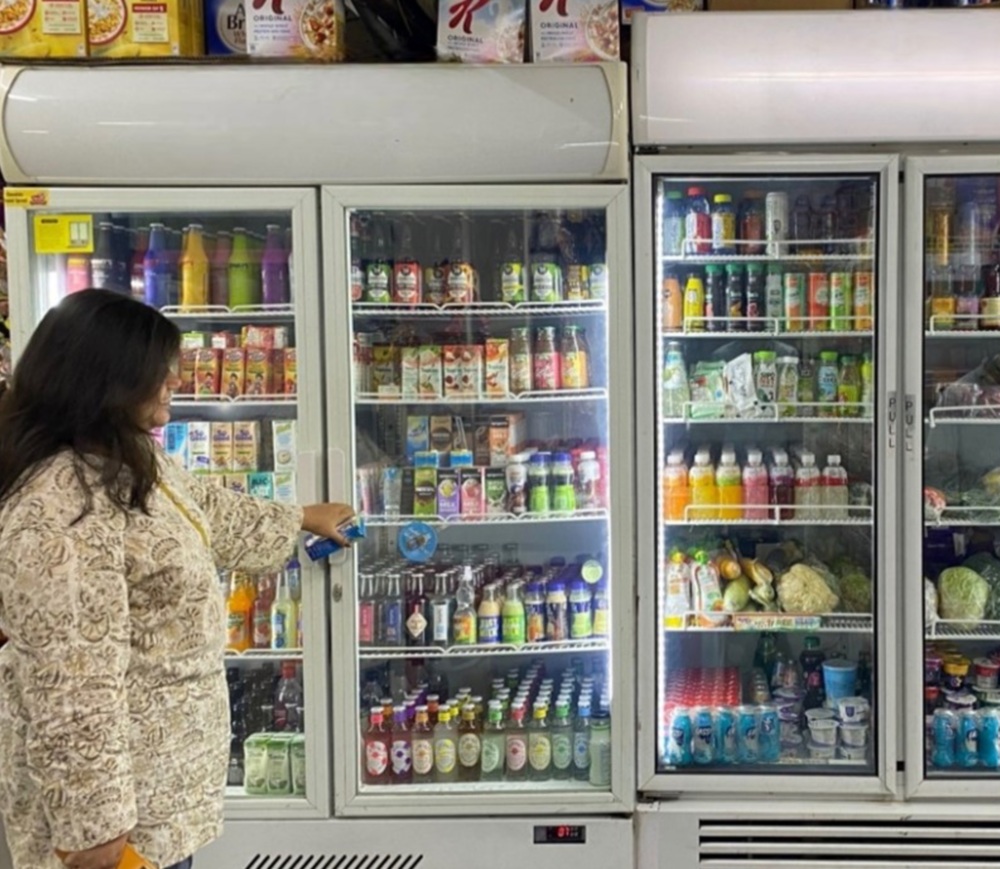SEAD Initiative Analyzes Potential for Alignment of Distribution Transformer Efficiency Levels
Summary
Download Report
- Sead Distribution Transformers Report Part 1 Comparison Of Efficiency Programs
- Sead Distribution Transformers Report Part 2 Test Method Review
- Sead Distribution Transformers Report Part 3 Ee Class Definitions
- Sead Distribution Transformers Report Part 4 Country Profiles
Fill out the form below to activate file downloads
Distribution transformers – which convert power from high voltage on a power line to low voltage for use in buildings – are an integral part of every electricity distribution network around the world. There are millions of units currently in service, and many millions more will be installed in the coming years as economies expand and electricity networks are extended and strengthened.
On a global average, about one third of network losses occur in transformers; of these transformer losses, 70% occur in distribution transformers. Annually, these transmission and distribution losses have resulted in a global economic loss of more than US$58 billion and are equivalent to 290 million tonnes of greenhouse gas (GHG) emissions.
High efficiency transformers offer many benefits to society, including reduced GHG emissions, reduced energy costs due to lower electricity losses, improved reliability, and potentially longer service life. With these benefits in mind, many economies around the world have established mandatory and voluntary energy efficiency policies.
The SEAD Initiative conducted a comprehensive review and comparison of distribution transformer policies across 13 economies, including Australia, Brazil, Canada, China, Europe, India, Israel, Japan, Korea, Mexico, New Zealand, the United States, and Vietnam.
Utilizing a similar approach as the International Electrotechnical Commission (IEC) requirements for electric motors, the study recommends an approach for aligning test procedures and five energy efficiency tier levels for distribution transformers.
The results are presented in four components:
- Part 1. Comparison of Efficiency Programs for Distribution Transformers: A report citing the similarities and differences amongst the available distribution transformer test methods and efficiency levels.
- Part 2. Test Method Review Report: A report containing information about the different international test methods for measuring the efficiency of distribution transformers.
- Part 3. Energy Efficiency Class Definitions for Distribution Transformers: A report that suggests levels for global harmonization of distribution transformer energy efficiency programs.
- Part 4. Country Profiles for Internationally-Comparable Test Methods and Efficiency Class Definitions for Distribution Transformers: A reference document presenting all the country-level information on energy-efficiency programs and test methods for distribution transformers globally.
According to an analysis by Lawrence Berkeley National Laboratory for the SEAD Initiative, adopting the world’s best distribution transformer efficiency policies could save the 23 member governments of the Clean Energy Ministerial 30 megatons of CO2 emissions– which is equivalent to removing 8 coal-fired power plants – in 2030.
The analysis was completed by N14 Energy Limited, HVOLT Inc., EMS International Consulting and TR & JR Blackburn Consulting, with support from Natural Resources Canada, CLASP, and the Australian Department of Industry.

 On a global average, about one third of network losses occur in transformers; of these transformer losses, 70% occur in distribution transformers. Annually, these transmission and distribution losses have resulted in a global economic loss of more than US$58 billion and are equivalent to 290 million tonnes of greenhouse gas (GHG) emissions.
On a global average, about one third of network losses occur in transformers; of these transformer losses, 70% occur in distribution transformers. Annually, these transmission and distribution losses have resulted in a global economic loss of more than US$58 billion and are equivalent to 290 million tonnes of greenhouse gas (GHG) emissions.







